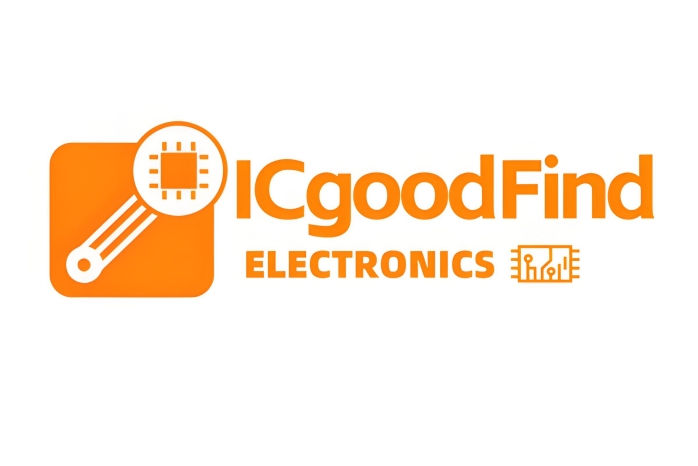**The AD558KP: A Comprehensive Guide to the Monolithic DAC**
In the realm of digital-to-analog conversion, the **AD558KP from Analog Devices** stands as a significant and enduring component. This monolithic DAC (Digital-to-Analog Converter) has carved out a legacy as a reliable, complete output solution for a vast array of applications. This guide delves into its core features, internal architecture, and typical use cases, highlighting why it remains a relevant choice for designers.
At its heart, the AD558KP is an **8-bit, voltage-output digital-to-analog converter**. The term "monolithic" is key; it signifies that the entire DAC circuit—including the precision reference, output amplifier, and interface logic—is fabricated onto a single silicon chip. This integration is its primary advantage, offering designers a complete, ready-to-use conversion solution that minimizes external component count and simplifies board design. Unlike many DACs that require an external precision voltage reference to set their output range, the AD558KP incorporates a **laser-trimmed internal zener reference**. This trimming is performed during manufacture, ensuring high accuracy and stability while eliminating the need for additional parts.
The output of the AD558KP is another defining characteristic. It is a **voltage-output DAC**, meaning it provides an analog voltage signal directly, as opposed to a current that requires an external op-amp to convert to a usable voltage. The AD558JP/JN versions provide two pre-set output ranges: 0 to 2.56V and 0 to 10V, selected via a simple pin-strapping option. This flexibility makes it suitable for interfacing directly with a wide range of circuits and systems.
Internally, the device is built around a standard _R-2R_ ladder network architecture, a common and effective method for converting digital codes into an analog current. The integrated output amplifier then converts this current into a precise voltage. The AD558KP features **latched inputs** with built-in buffers. This means the digital inputs can be directly driven from a microprocessor or microcontroller data bus without the need for external latching circuitry. The interface is designed to be TTL and 5V CMOS compatible, ensuring easy connection to most common logic families of its era.
The combination of its complete design, ease of use, and robust performance led to its widespread adoption. Typical applications have included:

* **Microprocessor-controlled systems** for process control and automation.
* **Digital servo loops** and motor control.
* **Programmable power supplies** and test equipment.
* **CRT display systems** for positioning and intensity control.
* **Data acquisition systems** where a simple, reliable DAC is required.
While modern designs often opt for higher-resolution (12-bit, 16-bit) or faster serial-interface DACs, the AD558KP remains a classic example of a well-executed, fully integrated solution. Its **simplicity and reliability** ensure it is still specified for upgrades, repairs, and new designs where its performance characteristics are perfectly adequate.
**ICGOODFIND**: The AD558KP is a quintessential monolithic DAC, valued for its **all-in-one design**, **internal voltage reference**, and **easy microprocessor interface**. It exemplifies the move towards highly integrated solutions that reduce design complexity and increase reliability, securing its place as a foundational component in electronic design history.
**Keywords**: Monolithic DAC, Voltage Output, Internal Reference, Microprocessor Compatible, 8-bit Resolution.
